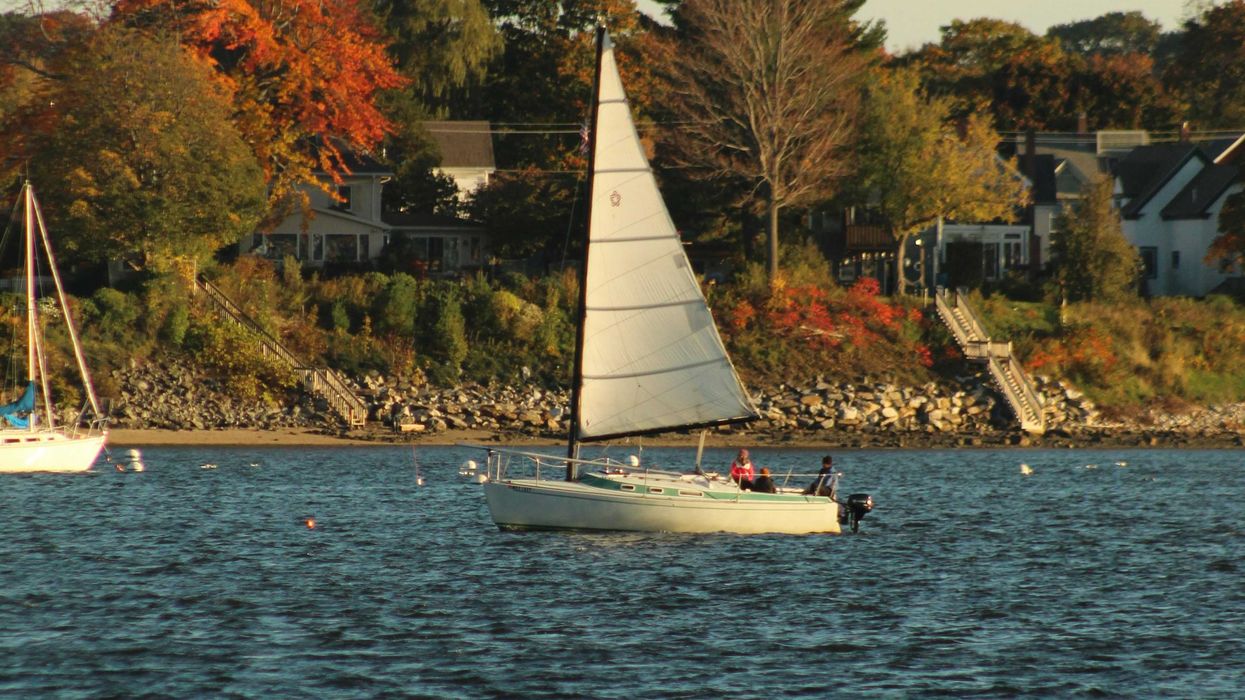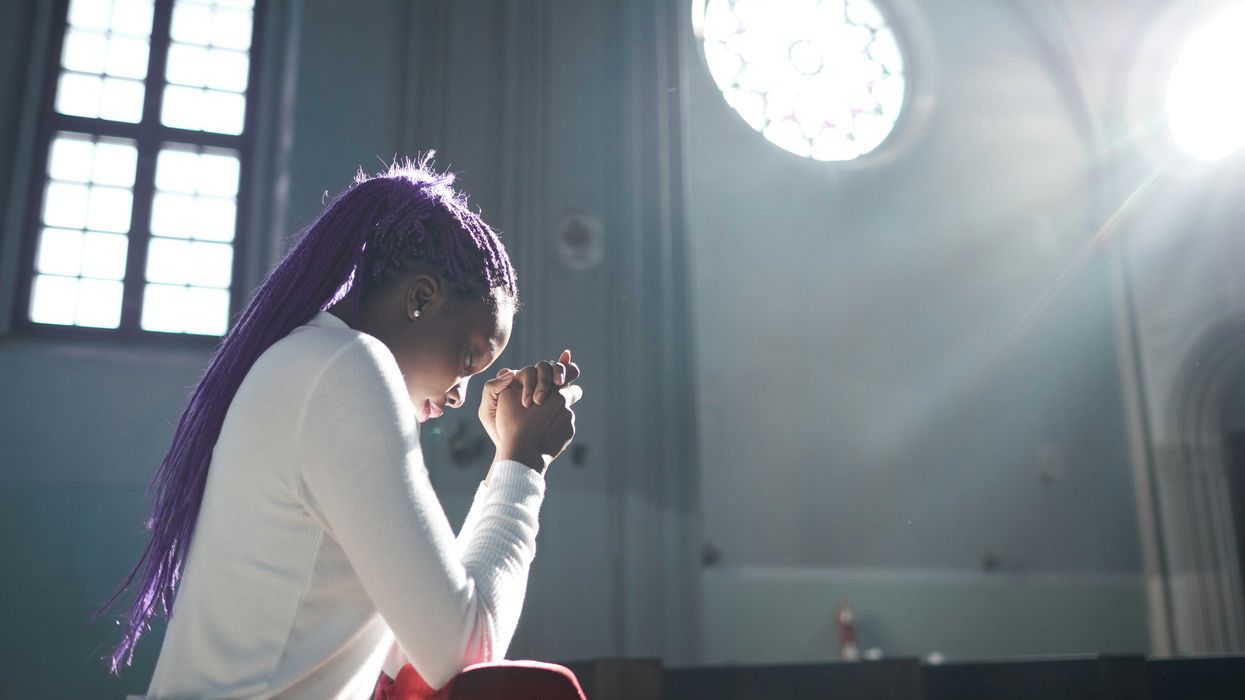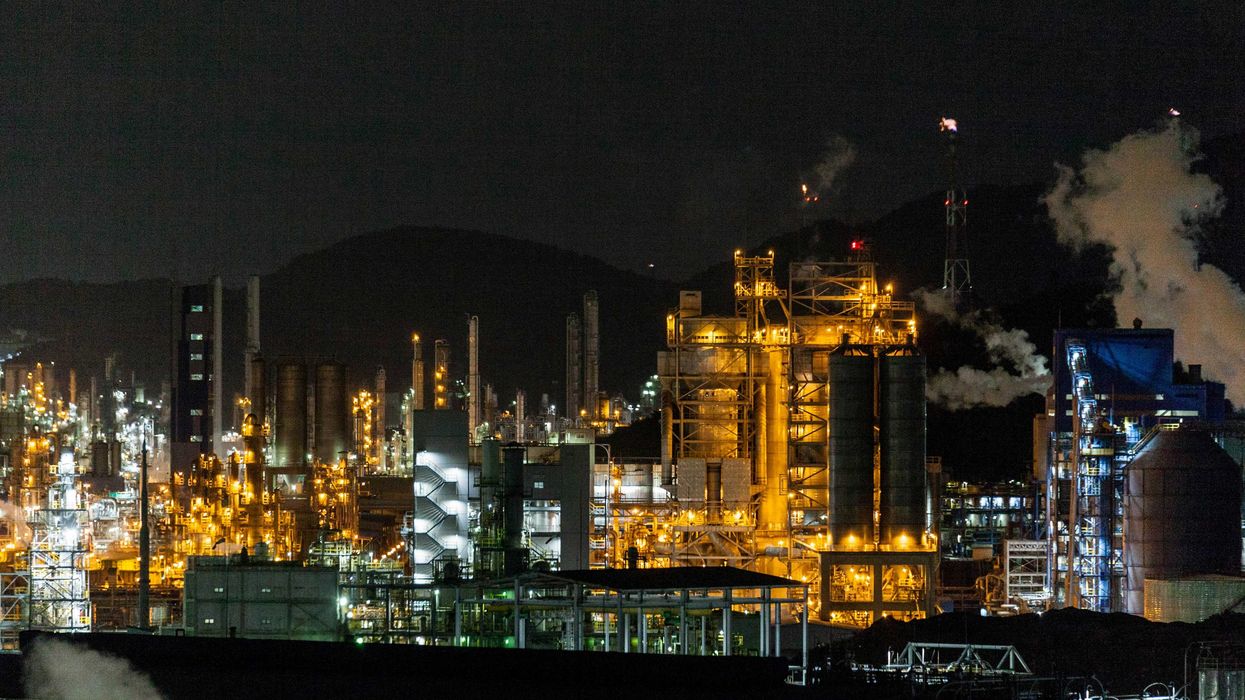The Canadian government is adding per- and polyfluoroalkyl substances (PFAS) to its list of toxic substances, a move that could lead to restrictions on the chemicals, which have been linked to cancer and other health risks.
In short:
- PFAS are widely used in consumer and industrial products for their water- and heat-resistant properties but persist in the environment and human bodies.
- The government’s decision does not immediately ban PFAS but starts a consultation process before potential restrictions.
- Initial regulations will target firefighting foams, with future efforts aimed at cosmetics, food packaging, textiles, and other products.
Key quote:
"Millions of people around the globe are drinking PFAS-contaminated water because of the use of PFAS-containing aqueous firefighting foam."
— Miriam Diamond, PFAS researcher and professor at the University of Toronto
Why this matters:
Used for decades in everything from nonstick cookware to waterproof clothing and food packaging, these synthetic compounds have quietly infiltrated daily life. The result? Nearly every Canadian has detectable levels of PFAS in their blood, mirroring concerns seen worldwide.
The health implications are troubling. Studies link PFAS exposure to a range of issues, including cancer, liver damage, immune system suppression, and reproductive problems. Because these chemicals persist for years, even low-level exposure can accumulate over time, raising alarms among scientists and public health officials.
Canada has begun taking steps toward regulation, considering restrictions on the production and use of certain PFAS. But progress has been slow, and efforts in the United States have faced significant hurdles, with regulatory proposals often stalling due to industry pushback and legal challenges.
Be sure to read:














